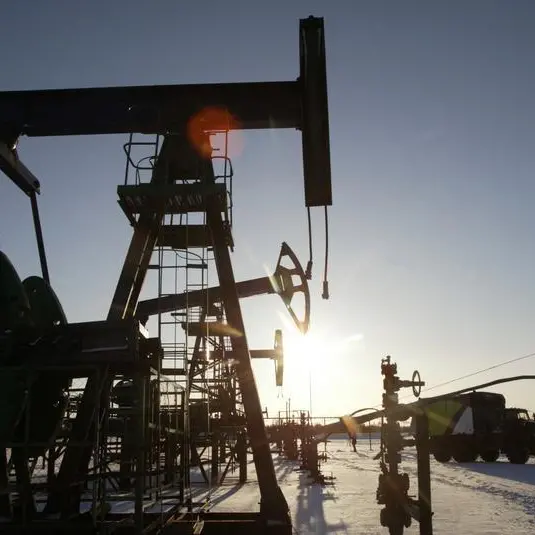PHOTO
LONDON - Copper prices came under pressure on Monday from worries about demand, particularly in top consumer China, and a stronger dollar which makes metals priced in the U.S. unit more expensive for holders of other currencies.
Benchmark copper prices on the London Metal Exchange (LME) traded up 0.3% at $8,262.5 a tonne in official rings. Prices of the metal used in the power and construction industries have dropped 10% since the middle of April.
Traders said activity was subdued as the market waited for clues to growth and demand which could come from Chinese trade data later this week.
"China does not represent any upside risk to metal markets for now. Its property market is too soft and too important to be disregarded," said Julius Baer analyst Carsten Menke.
"But the long-term outlook for copper from the energy transition has not changed, it is still bullish. Around $8,000 a tonne would be a good buying opportunity."
China is working on new measures to support the property market, but consumer caution about big-ticket spending amid concerns over incomes and jobs as a post-pandemic recovery loses steam is a headwind.
Rising stocks of copper in LME-registered warehouses, which at 98,950 tonnes have nearly doubled since April 18, are also partly behind copper price weakness.
However, fresh cancellations - metal earmarked for delivery from LME warehouses - in Busan, Korea of 17,050 tonnes of copper and large holdings of contracts for nearby delivery have fuelled some concern about supplies on the LME market.
This has narrowed the discount for the cash against the three-month contract to around $2 a tonne compared with $66 a tonne on May 23.
On the technical front, copper faces strong upside resistance at the 200-day moving average currently sitting at $8,375 a tonne, with trendline support at $8,170.
The stronger dollar also weighed on other industrial metals.
Aluminium slipped 0.4% to $2,254.5, zinc ceded 1.3% to $2,276, lead was down 0.2% at $2,028, tin lost 0.2% to $25,600 and nickel fell 2.4% to $20.700 a tonne.
(Reporting by Pratima Desai; Editing by Jan Harvey)





















